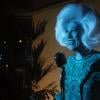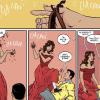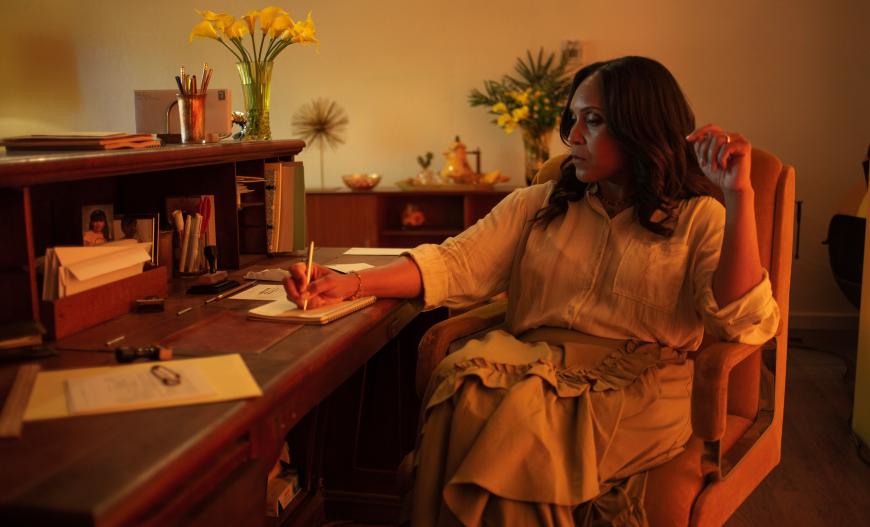
In the opera/streaming show desert in, there is no overture. Instead, a burst of onscreen static smooths out to the click and whir of a video recorder. A man with frosted tips begins monologuing to the camera, a heartbroken message to a former partner. The scene fades to black, and the credit “Created by Boston Lyric Opera” flashes across the screen. Desert in, which premiered in 2021, isn’t an opera, though something like an aria begins about seven minutes into the first episode. Nor is it a typical television streaming show with musical elements — it’s somewhere in between, with all of the production changes and difficulties associated with both art forms.
“We’re inundated with media that’s easily accessible for so much of our lives,” said James Darrah, artistic director at Long Beach Opera and one of desert in’s showrunners. “I honestly believe [streaming] is the next frontier for opera, doing this the right way and involving makers and voices from both of these worlds.”
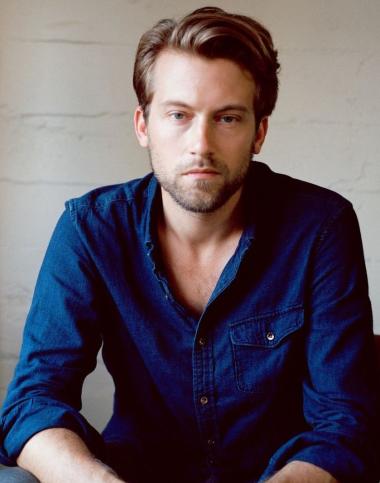
The COVID-19 shutdowns catalyzed all sorts of digital projects at arts organizations around the country as these companies and ensembles adapted to keep their patrons engaged. Back then, digital content ranged from sharing archival footage of staged operas to filming short new clips of individual arias or scenes to creating mini dramas that could be sung and recorded on Zoom. That’s old news, now. Since most organizations have returned to live performances, however, they’ve largely stopped with their digital efforts. Digital viewership declined steeply at many but not all companies once audiences were back in person.
Still, a number of companies and creators have continued to experiment with digital productions. Some, like the company Experiments in Opera, see it as a potential way to reach additional audiences who might be drawn into the opera world through a more familiar format. Some, like Darrah, see the merging of opera and the small screen as the next frontier for the art form and are continuing to polish this new craft. And some, like Opera Philadelphia, are continuing the experiment by both aggregating other companies’ content as well as continuing to commission new projects.
Writers’ Rooms
Experiments in Opera is a small New York-based company focused on opera that reaches beyond traditional theater. One of its major projects in the last several years, Everything for Dawn, was originally conceived in 2019 as a series of brief chamber operas for the stage. During the pandemic, the production evolved into a 10-episode miniseries, currently streaming on the free multimedia platform All Arts. Developing the show took a village: Sixteen composers and librettists worked on Everything for Dawn. “Art by committee is famously terrible,” said Krista Knight, a librettist who worked on the sixth and 10th episodes of the series. “But having the showrunners in charge meant there were people watching out for the holistic whole of the piece and the character arcs.”
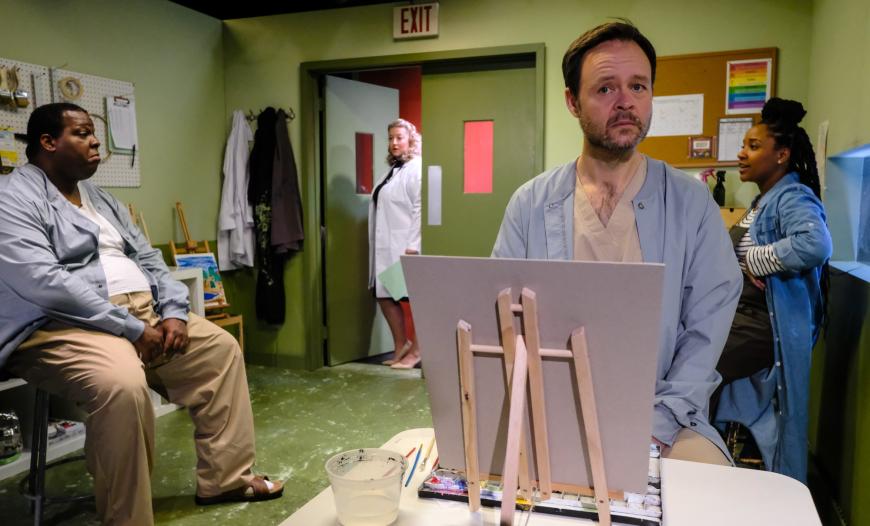
Story development began in a television-style “writers’ room” that had multiple librettists pitching ideas for different episodes, which the showrunners adapted and shaped into a rough outline. The team developed a “show bible” with character and set details, and once the outline and story beats had been established, individual librettists set to work filling out their assigned episodes. “Going forward, we’ll try to involve the composers a little bit earlier,” said composer Kamala Sankaram, who worked with Knight on the series finale and also acted as one of the showrunners.
The music and vocals were recorded in a sound studio, and the singers lip-synced during filming. Both Sankaram and Knight said they’d have adjusted elements if it had been intended to be a live show from the beginning but that the advantages to streaming the opera were clear. “You can experience it outside of New York, outside the theater, in 3½ hours or as 20-minute chunks,” Sankaram said. “Opera can feel so rarified. Being able to send a link is so novel.”
“Right, people know how binge-watching and streaming works,” Knight added. “They might think, ‘Oh, I’ve seen the musical episode of Buffy the Vampire Slayer. I know what this will be like.’”
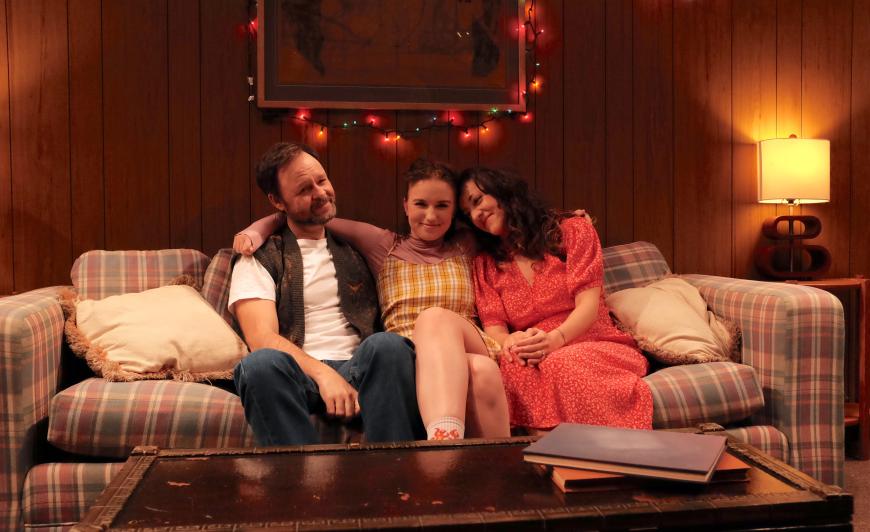
How did the final product fare? It started streaming in October and in the first six weeks drew about 3,200 views. That may not sound like a large number, but the creators are pleased — it’s a much higher viewership than would have seen the production onstage.
Made for TV
Unlike Everything for Dawn, desert in was conceived as a show from the beginning, though the pandemic jumpstarted its development, said Darrah. That distinction shows — the series, currently streaming on Boston Lyric Opera’s website, has more dialogue and set changes and feels much more like a typical TV show, with some operatic singing to highlight the story’s more dramatic moments. The show is more varied in its use of digital effects and more deliberate in its choices about when to add operatic elements. It’s more of a synthesis than an adaptation.
Yet desert in also started its life in a collaborative writers’ room that answered to a number of showrunners, including Darrah, with composers looped in later. “I had some proof of concept for opera as film,” Darrah said, referencing his work on the film of the opera Soldier Songs by composer and librettist David T. Little, a project produced with Opera Philadelphia.
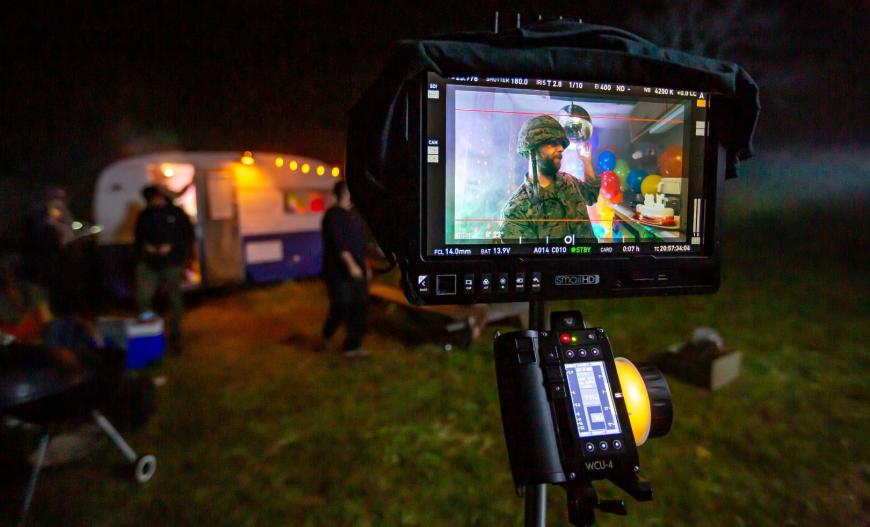
Darrah also said that he invited collaborators and writers with previous experience in film and TV to ensure that there was more of a union of the art forms. For desert in, the production was shot like actual television episodes. Takes were out of order — the first were for a scene in episode seven. “Opera’s all about a single take,” Darrah said. “Act 1 is a single take. You rehearse over and over. For this project, we do a few takes, then we move on.”
Darrah added that he’s intending to develop additional such projects and that he’s still working on fine-tuning the relationship between television and operatic elements in the artistic product. Building a streaming platform of only opera subscribers won’t lead to immediate revenue, as the majority of opera fans would prefer to see shows live, he said. But long-term, he’s focused on developing a whole new branch of opera that’s more easily accessible in the digital age. This could mean partnering with mainstream film festivals to premiere operatic content down the line. “I’ve talked with Long Beach Opera about additional episodic opera serials — this is an important part of my work at this point,” he said.
Music Videos
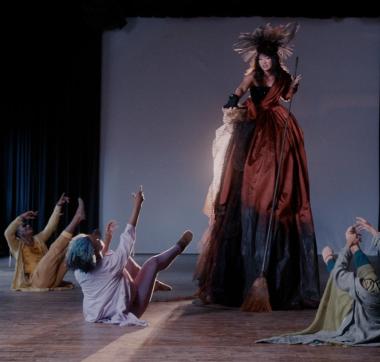
Opera Philadelphia, recognizing that companies around the country were creating digital offerings that might continue to appeal to viewers, actually launched its own streaming subscription service. The Opera Philadelphia Channel is now in its third season. Soldier Songs appeared in a previous season and earned a Grammy nomination for Best Opera Recording. Everything for Dawn and desert in will both appear on the channel this season. Philly has snapped up numerous other projects as well. Pricing is simple: It’s $10 a month or $99 a year to subscribe.
For this season, the company put out a call for submissions and received a staggering 800 digital offerings. In addition to aggregating content, however, Opera Philadelphia is also continuing to commission a series of projects. These are generally one-off creations, more like a series of music videos than an interconnected story. Composer Rene Orth wrote the music for the video TakTakShoo (libretto by Kanika Ambrose) in 2021, blending K-pop and electronic and dance music for the 12-minute offering. “When writing for film, there’s a lot of stuff you don’t have to take into consideration — like transitions,” Orth said. “When it’s all in the box, we have more control. Then again, we only had a few hours to film everything.”
Opera Philadelphia, like other companies, started with streaming archival content to keep patrons engaged during the pandemic, and that later morphed into the channel after the material received thousands of views. “The question was: ‘Can we engage our long-term audience and produce works for digital space?’” said Frank Luzi, vice president of marketing communications and digital strategy. The math isn’t clear yet. During the first season, the COVID year, the channel had about 1,500 subscribers. That’s fallen to around 500 households — with likely more than one viewer each — since live performances resumed. It’s about halfway to Opera Philadelphia’s goal, with plenty of new content left to come this season.
“Is it right to compare this content with even art films or NFL games? We tend to measure [instead] against how many people could have seen it in a theater. And with this wider viewership potential, we’re aiming to at least double that [number] if you’re going to stream it for a certain period of time,” Luzi explained, adding that his research also indicates that opera fans tend to prefer watching opera live. One of the company’s most noteworthy successes on the digital front was The Island We Made, which was shot more cinematically and involved drag queen Sasha Velour, perhaps another indication that a synthesis of the two forms leads to higher-quality offerings that go beyond mere adaptation.
“When you embrace film art alongside what makes opera great, that’s where we found the most critical and audience interest,” Luzi said. “This is still new and exciting — nobody’s got it figured out 100 percent.”


